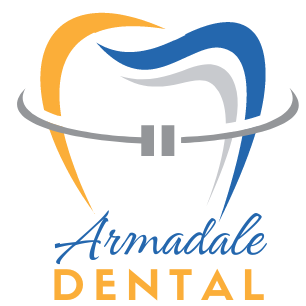Gum surgery, also known as periodontal surgery or gum graft surgery, is a dental procedure performed to treat various gum-related issues. These issues may include gum disease, gum recession, or cosmetic concerns. There are several types of gum surgery, and the specific procedure used will depend on the individual’s condition and needs. Here are some common types of gum surgery below.
aaaa
- Gum Graft Surgery: This procedure is typically performed to treat gum recession, where the gums have pulled away from the teeth, exposing the tooth roots. In gum graft surgery, tissue is taken from another part of your mouth or a donor source and attached to the receding area to cover the exposed roots.
- Pocket Reduction Surgery: This is often done to treat advanced gum disease (periodontitis). In this procedure, the periodontist (gum specialist) folds back the gum tissue to remove the disease-causing bacteria and reduce the depth of the gum pockets around the teeth. This helps in preventing further damage to the supporting structures of the teeth.
- Crown Lengthening: Crown lengthening surgery is performed to expose more of the tooth’s surface for restorative purposes. This may be needed if a tooth is fractured below the gumline or if there isn’t enough tooth structure above the gumline to support a dental crown or filling.
- Frenectomy: A frenectomy is the removal of a small fold of tissue called a frenulum, which connects the lips, tongue, or cheeks to the gums. This may be necessary if the frenulum is too tight and restricts movement, causing problems with speech or oral hygiene.
- Cosmetic Gum Surgery: Some individuals may opt for gum surgery for cosmetic reasons, such as reshaping their gum line to improve the appearance of their smile. This can involve removing excess gum tissue or contouring the gum line to create a more balanced look.
Before undergoing any gum surgery, it’s essential to consult with a periodontist or a dentist who specializes in gum health. They will evaluate your specific oral health needs and recommend the most appropriate treatment. The recovery period and post-operative care can vary depending on the type of surgery performed. It’s crucial to follow your dentist’s or periodontist’s instructions for post-operative care to ensure a successful outcome.

